INDIANAPOLIS (AP) — More than half of Indiana’s counties lost population during the last decade, according to U.S. Census figures released Thursday showing the state’s growth around Indianapolis and its other largest cities.
Hamilton, Boone and Hendricks counties in suburban Indianapolis all had population gains of more than 20 percent between 2010 and 2020, during which time the census found Indiana as a whole grew 4.7 percent to about 6.8 million residents.
The census data will be used by state lawmakers in the coming weeks to redraw election districts for U.S. House and state Legislature seats.
Redistricting 101: Who Draws Indiana's Legislative District Maps, And How
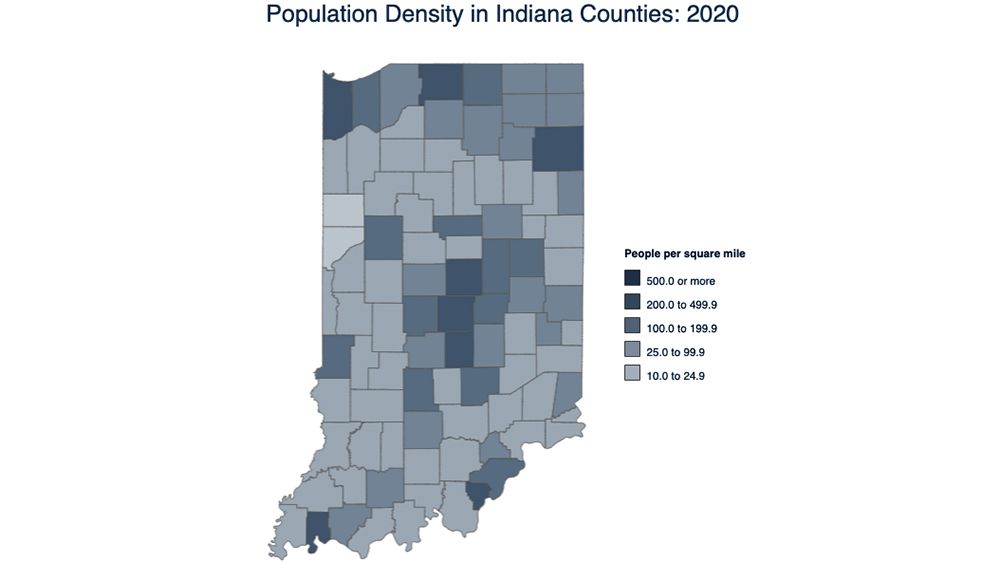
Shrinking Areas
Many rural counties scattered across the state lost population, including 11 that lost more than 5 percent of their residents. The biggest percentage population decline was in southeastern Indiana’s Switzerland County as it dropped 8.3 percent. Population declines were recorded for 49 of Indiana’s 92 counties as the state mirrored similar losses in rural areas across the country.
Indiana’s largest drops in the number of people happened in Muncie’s Delaware County with a nearly 5,800-person loss and Marion’s Grant County declining almost 3,400.
City, Suburban Growth
Five of the six Indiana counties gaining the most people over the past decade were in central Indiana.
Indianapolis and Marion County grew by nearly 74,000, or 8.2 percent, to 977,000 people. Northern suburban Hamilton County was close behind as it added 73,000 people, or 26.5 percent, to 347,000. Overall, Indianapolis and its seven adjourning counties grew by 13 percent.
Northwestern Indiana’s Lake County remained the state’s second most-populous county but grew by less than 1 percent to about 499,000. Fort Wayne’s Allen County kept its place as the third largest as it grew 8.5 percent to 385,000.
More Diversity
Indiana was part of the national trend toward more racial diversity over the past decade.
The state’s share of white population fell from 81.5 percent in 2010 to 75.5 percent in 2020. The Black population’s share grew from 9.0 percent in 2010 to 9.4 percent in 2020, while the Hispanic grew from 6.0 percent to 8.2 percent over the decade.
Most of those minority populations are concentrated in urban areas, with 52 of Indiana’s 92 counties remaining more than 90 percent white. Lake and Marion counties are the state’s most diverse as each have white populations just over 50 percent.
New Election Districts
A high-profile use of the new census figures is the drawing of new congressional and legislative election districts.
Republicans have complete control of that redistricting process in Indiana as they hold the governor’s office and have commanding majorities in both chambers of the state Legislature. Republicans have rebuffed calls from Democrats and voting-rights activists to turn the map drawing over to an independent commission as has been done in several other states.
Control of the map drawing enables Republicans to take steps such as shifting Democratic-leaning parts of Indianapolis out of the U.S. House district that Republican Victoria Spartz narrowly won in the 2020 election in order to boost her reelection prospects. The GOP now controls seven of Indiana’s nine congressional districts.
Republican legislative leaders plan to have House and Senate members return to Indianapolis in late September to vote on the new election districts.
 DONATE
DONATE


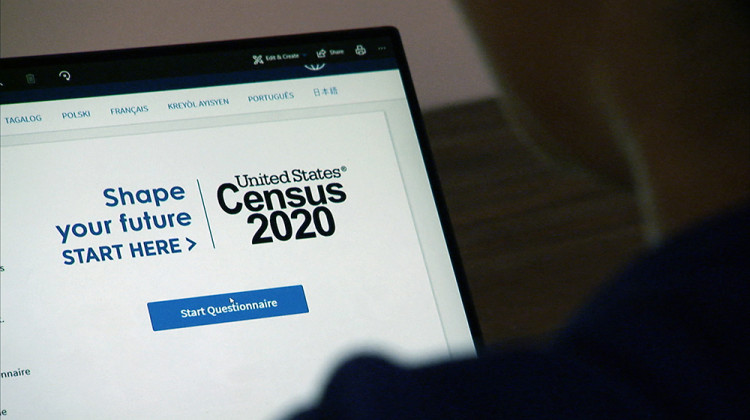

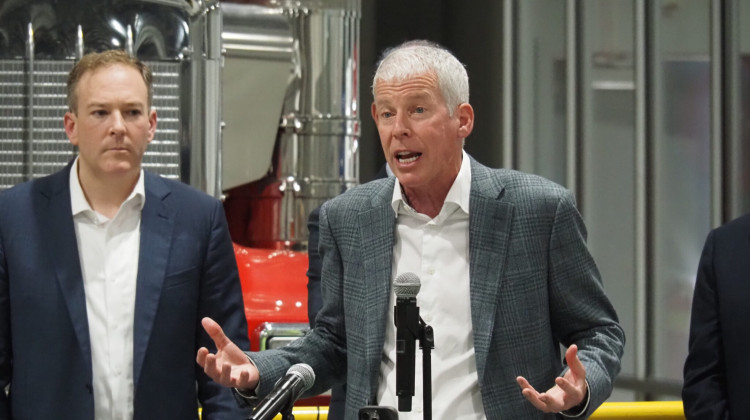
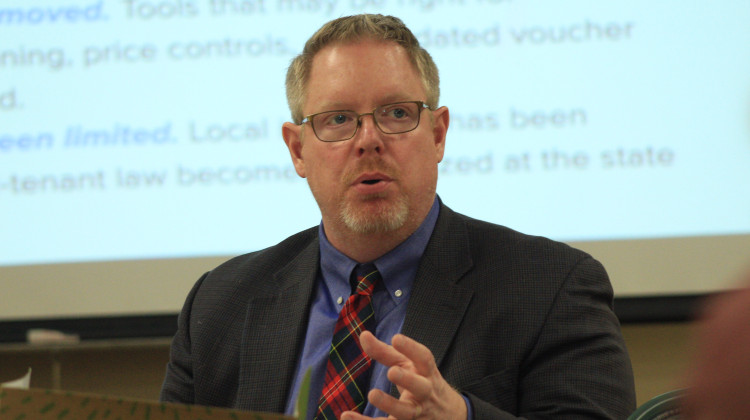
 View More Articles
View More Articles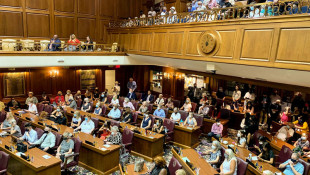

 Support WFYI. We can't do it without you.
Support WFYI. We can't do it without you.